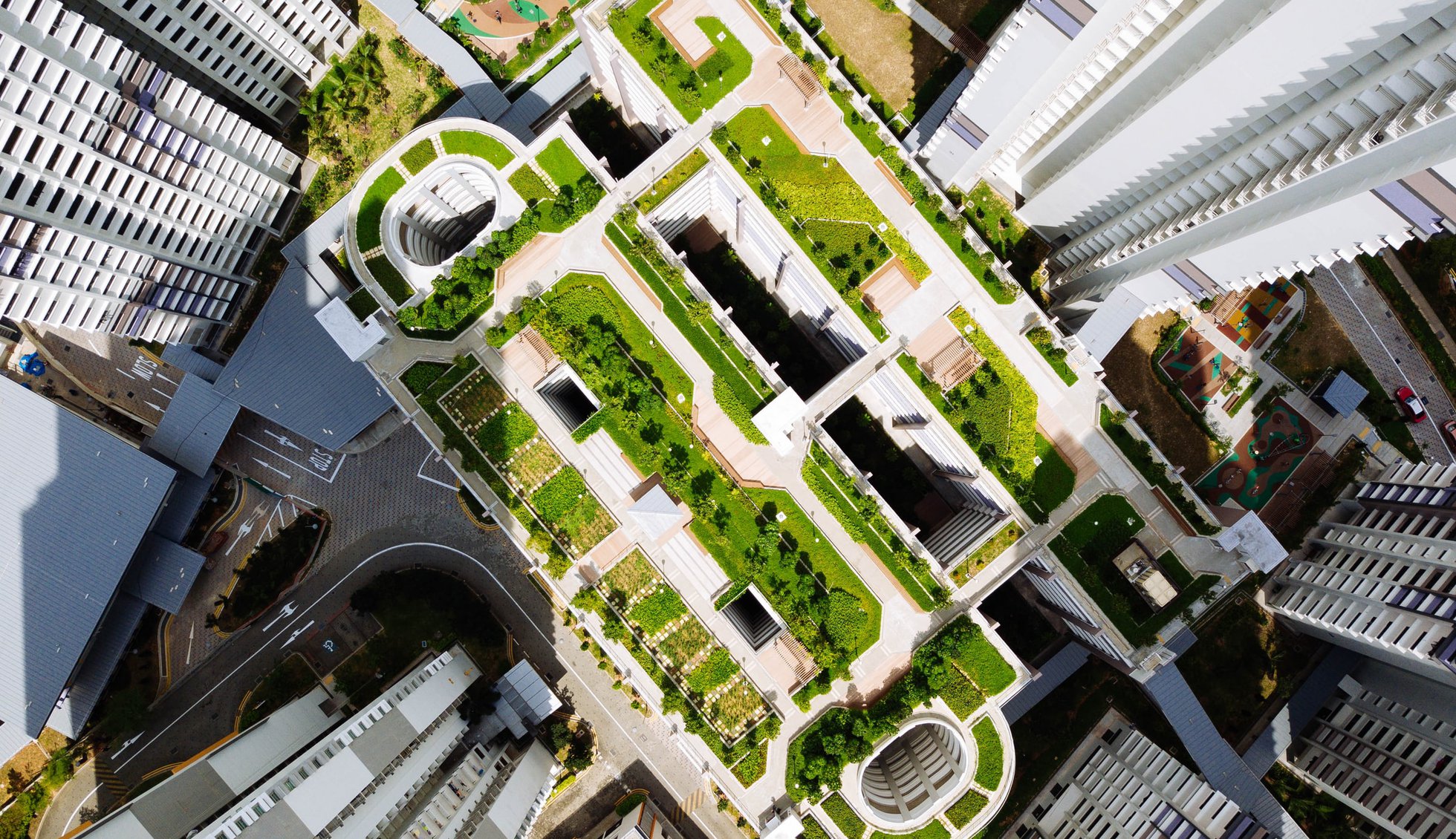
You may have noticed over the past few weeks that the way sites are presented on EnergyDeck has changed considerably.
For one thing, you can now get up and running much faster with our simpler site creation forms, while at the same time we’ve added tabs to give you the option to capture much more additional information about your building and how you use it.
As well as these two changes, there was an even more fundamental update relating to how buildings are conceptualised on EnergyDeck.
From the beginning, we have provided users with the ability to create sites and subsites. This meant you could create a building and then model individual areas inside that building, for example floors. However, if you wanted to go further and divide the areas into smaller areas, for example divide the floors into individual rooms, you couldn’t.
But that was then, and this is now: we’ve lifted this limitation meaning you can now divide and subdivide a building to your heart’s content!
You can also now specify that each of these subdivisions (“zones”) inside a building has a different type from the main building (previously subsites automatically “inherited” the building type from the site). For example, if you are modelling a shopping centre with a food court in it, you can model the whole shopping centre as general retail but the food areas as restaurants. In practical terms this means that when you select the food court zone (or any restaurant within it), it is now benchmarked against other restaurants, not general retail sites.
See below for an example of such a setup:

While the design of this complex building model has been driven by customers who own or manage large, complex buildings, it is equally applicable to simpler buildings where modelling complexity will provide greater insight into how energy is used at the site. Overall, this is just the first step towards a much deeper understanding and better handling of assets in EnergyDeck, and geared towards enabling us to deliver some very interesting functionality in the months to come.

